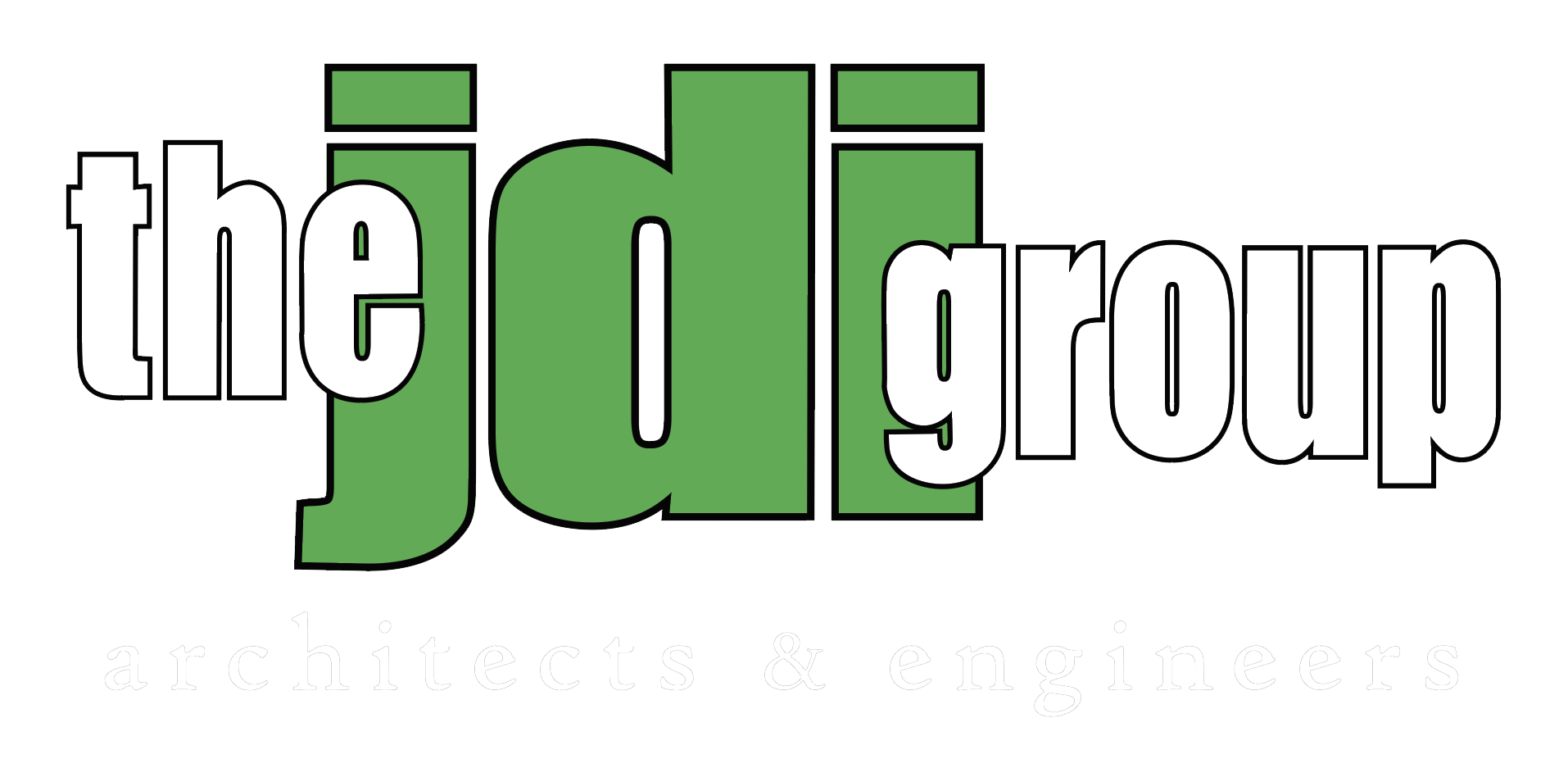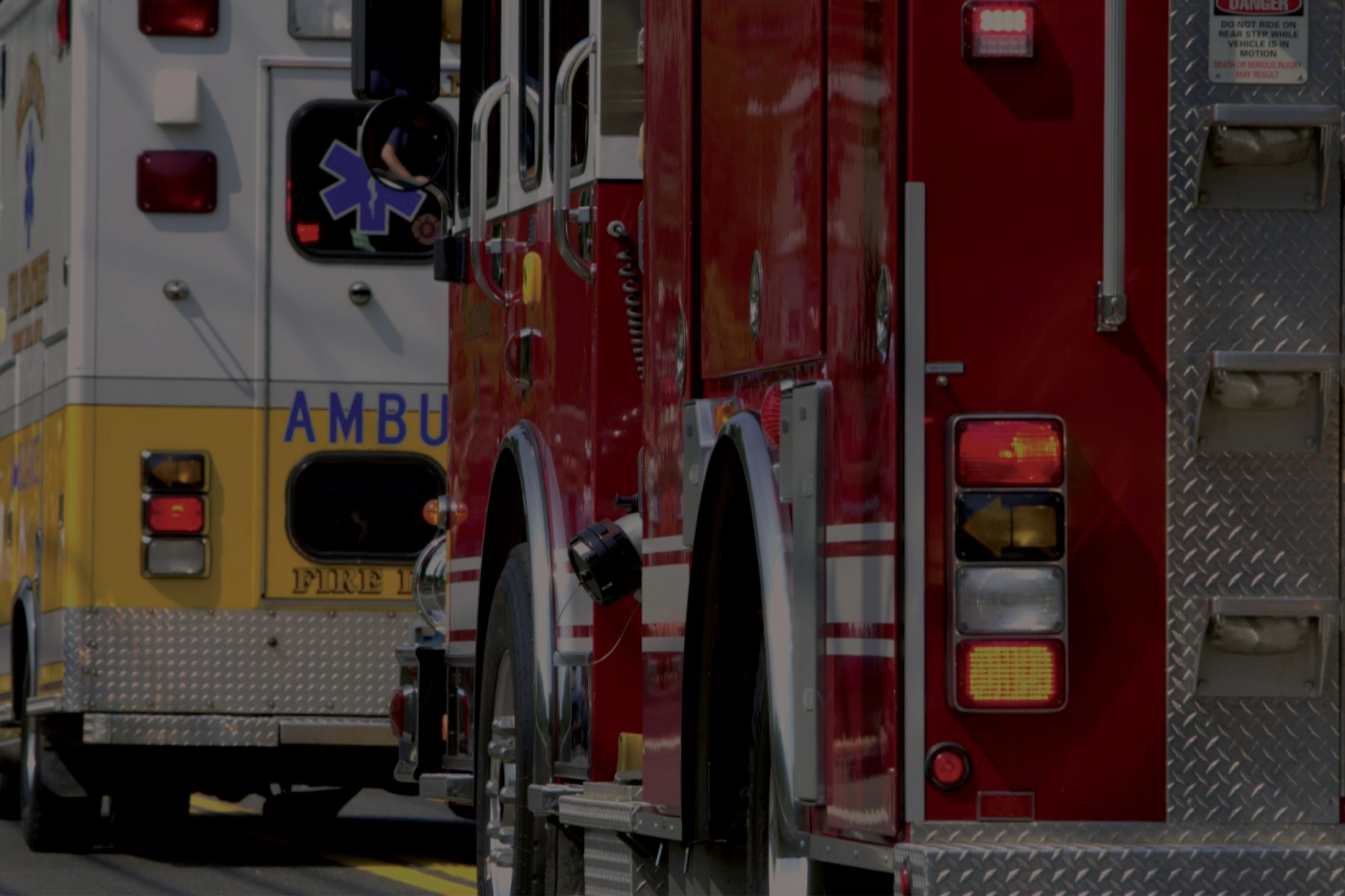September 11 attack drove radio signal code updates
Recent code changes have been enacted to protect first responders, namely police and firefighters, when entering a building in an emergency.
Our nation’s tragedy on September 11, 2001 exposed a systemic failure: the first responder’s radios worked well outside, but were unusable inside the buildings. The steel, re-enforced concrete, and low-E glass blocked radio signals, and cut off communication for first responders.
By 2015, the International Building Code was updated to include testing for first responder radio signal. Sufficient signal is described as -95dBm in 95% of the building.
The JDI Group uses a spectrum analyzer, with an antenna that corresponds to the frequency of the broadcast signal, to test each floor of a building in a grid pattern. This shows whether or not each section of the building has acceptable signal. In addition, all stairs, exits, and areas near the fire alarm equipment must have acceptable signal for the building to pass.
Local authorities have latitude to enforce new code
Each municipality adopts and enforces codes differently. As the 2018 International Building Code is adopted, building owners will begin hearing more about section 510, which addresses:
“All new buildings shall have approved radio coverage for emergency responders within the building based upon the existing coverage levels.”
As far as existing buildings, the 2018 IBC states in section 510.2: “Existing buildings shall be provided with approved radio coverage for emergency responders as required in Chapter 11.”
The authority having jurisdiction (AHJ) here is often the local fire chief or fire inspector. This official is given the latitude whether or not to enforce the code. Depending upon the code year the local jurisdiction has adopted, and how strict they (the individual or locality) have decided to enforce the code, all buildings may or may not be required to be tested for signal.
Typically, once an AHJ is informed about the code, they will require new buildings to be tested before occupancy and building with new additions to be tested (the addition and existing building) before occupancy. At this time, testing of existing buildings is not being enforced, but the JDI team expects this to change in the coming years.
Logistics of testing
JDI follows the testing method outlined in the NFPA 1221 Standard A.11.3.9:
- Each floor is divided into 20 equal grid areas up to 128,000 square feet.
- Each grid is tested in approximately the center of the grid area.
- Signal level is measured as the received signal. Delivered Audio Quality (DAQ) is measured as the transmitted signal level.
- DAQ should be 3.0 or better to pass, meaning speech is understandable with slight effort.
- 95% of the building areas and 100% of the critical areas must have a passing signal level for the building to pass.
Results of testing
After testing, The JDI Group will present an easy-to-interpret report to the owner and AHJ. This report will clearly state if the building passed or failed the testing process.
Following a “fail” result, the AHJ will typically require a distributed antenna system to enhance the signal in the building. Frequently, a portion of the building will fail and only those areas will be required to have a system installed. JDI can refer clients to outside consultants who design and install this type of system.
The equipment consists of an antenna, usually mounted on the roof, the cabling that distributes the signal, one or multiple amplifiers, and antennas within the building to broadcast the signal. These systems have been installed in buildings for years to improve the cellular signal inside a building or stadium.
For emergency responder radio signals, the system must be designed and installed to survive a fire for 2 hours including the amplifiers and the cables in rigid conduit. The amplifiers must be in NEMA 4 cabinets and have a back-up power (usually battery) that would provide 12 hours of service.
Maintaining a distributed antenna system
The system is required to be tested annually. The same grid test must be completed by an authorized testing professional. In addition, the back-up batteries need to be tested to verify they will maintain the system for the required length of time in a power outage.
The system receives a visual inspection to check the antennas, cabling, the status and condition of the amplifiers, and verify that all this equipment has not been physically damaged.



